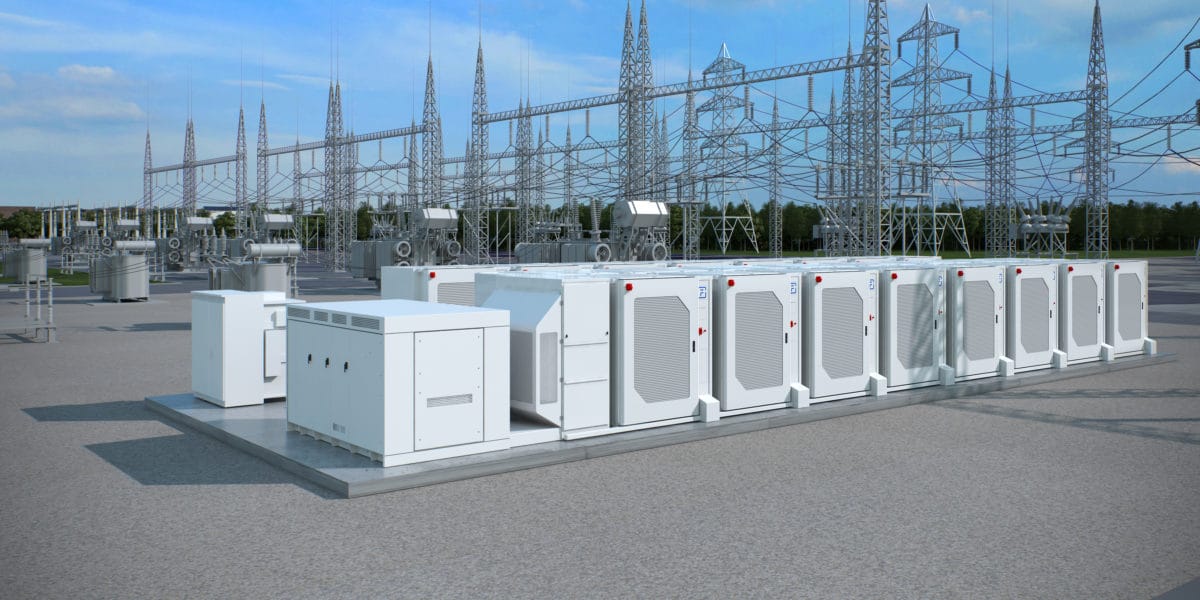Standalone energy storage system (ESS) tenders by Solar Energy Corp. of India (SECI) and NTPC could drive the growth of the entire Indian ESS market. Successful and timely execution of these projects will boost investments and spur domestic manufacturing in this segment, according to a new report by the Institute for Energy Economics and Financial Analysis (IEEFA) and JMK Research & Analytics.
NTPC and SECI have issued tenders for 500 MW/3,000 MWh and 500 MW/1,000 MWh of standalone BESS, respectively. These tenders will augment the country’s energy storage capacity by 1 GW/4 GWh.
“India is on the cusp of a potential energy storage revolution,” said IEEFA researcher Vibhuti Garg. “Large-scale deployment of storage will be critical to firm increasing amounts of variable wind and solar as India scales up renewable energy capacity to meet its target of 500 GW of non-fossil fuel energy by 2030.”
The Central Electricity Authority of India predicts that India will need 27 GW/108 GWh of grid-scale BESS and about 10.1 GW of pumped hydro storage to meet its non-fossil fuel energy goals by 2030.
“India has to rapidly deploy energy storage to meet its renewable energy goals, and a time-based target in the upcoming National Energy Storage policy would be a major driver of the ESS industry’s growth,” said Garg.
SECI has described its tender as a pilot project.
“The learnings from these tenders in bidding and execution will contribute to future ESS tender designs by central tendering authorities, such as NTPC and SECI,” said Jyoti Gulia, the founder of JMK Research.
The report states that the two tenders indicate the scale expected in future ESS tenders. Anticipating huge demand, domestic manufacturing capacities could surge for major components such as batteries and battery inverters, as well as ancillary supply chain infrastructure such as electrolytes, casings, and separators.
Similarly, the tenders will also help to create new business models such as capacity markets, with developers supplying power at scheduled times. While investors in India are unsure of standalone ESS, successful and timely execution of NTPC and SECI tender projects could help to demonstrate the technological and financial viability of the new technology.
Key challenges
The report also notes that the two tenders from NTPC and SECI will likely face challenges related to technical matters, procurement issues, and regulations.
“For example, the NTPC tender requires a six-hour ESS solution. While BESS are not a viable option beyond a four-hour solution, pumped hydro storage (PHS) solutions have a significantly larger lead time than the project commissioning timeline,” said Prabhakar Sharma, a senior research associate at JMK Research.
There are a number of regulatory issues that the tenders will need to overcome.
“The Indian Electricity Act 2003 does not consider energy storage as a standalone asset. Thus, taxation of such assets might create a few regulatory hurdles, especially until the formulation of a national ESS policy,” said Akhil Thayillam, a senior research associate for JMK Research.
The report recommends policy support from the government and flexible tender designs by the authorities to drive the organic development of the domestic sector.
“It is the government’s responsibility to facilitate discussions/dialogues between various stakeholders in the ESS industry. This aids in formulating effective policy design and overcoming other challenges associated with emerging technology like ESS,” said Gulia.
This content is protected by copyright and may not be reused. If you want to cooperate with us and would like to reuse some of our content, please contact: editors@pv-magazine.com.









1 comment
By submitting this form you agree to pv magazine using your data for the purposes of publishing your comment.
Your personal data will only be disclosed or otherwise transmitted to third parties for the purposes of spam filtering or if this is necessary for technical maintenance of the website. Any other transfer to third parties will not take place unless this is justified on the basis of applicable data protection regulations or if pv magazine is legally obliged to do so.
You may revoke this consent at any time with effect for the future, in which case your personal data will be deleted immediately. Otherwise, your data will be deleted if pv magazine has processed your request or the purpose of data storage is fulfilled.
Further information on data privacy can be found in our Data Protection Policy.